|
When it comes to maximizing living space, the boundaries shouldn't end at the walls of your home. Recently, we had the pleasure of assisting a customer in transforming a neglected portion of their backyard into a stunning entertainment area. Here's a glimpse into the challenges we faced and the innovative solutions that turned their vision into reality. Challenges Faced by the Customer:
Innovative Solutions Implemented:
The Result:
The culmination of these efforts resulted in a backyard oasis that exceeded the customer's expectations. What was once an unused and challenging area is now a focal point for gatherings, relaxation, and enjoyment. The level patio provides ample space for seating and activities, while the preserved natural elements add a touch of rustic charm.
0 Comments
PROBLEM
The customer faced significant standing water issues in their backyard, particularly in areas uncomfortably close to the house, with additional pooling in the front yard. The primary causes were a neighbor's sloping driveway and several downspouts directing water into the customer's yard. Compounded by West Hartford's clay-heavy soil, water drainage was extremely sluggish. OUR SOLUTION 1. French Drain: We addressed the water accumulation near the garden by installing a French Drain. This involved digging a trench from the problem area to the first flow well, lining it with filter fabric, and laying a 4” perforated pipe with a protective sleeve. We filled the trench with 3/4” trap rock, leaving space for topsoil and seeding. 2. NDS Flow Wells: To tackle the pooling water in low-lying areas, we installed two NDS Flow Wells. Each required digging holes approximately 5’ wide by 12’ deep. The wells were lined with filter fabric to prevent soil intrusion. We then filled the wells with 4”-10” Rip Rap stone for the first 6’, followed by 3/4” trap rock. Additional filter fabric was wrapped around the wells, with more trap rock placed around and on top of them. A 4” PVC pipe connected to a landscape drain at ground level was installed on top of each well. We also interconnected the two wells with a 4” PVC pipe to enhance water storage and drainage capacity. Finally, we re-graded the soil around the wells to facilitate drainage into the landscape drains. PURPOSE OF OUR SYSTEM This drainage system aims to expedite the absorption of surface water into the ground. The French drain and surface landscape drains on top of each flow well facilitate this process. The NDS Flow Wells provide a cost-effective solution for storing water underground until it can permeate through the stones and subsoil. These wells offer advantages over larger commercial chambers due to their affordability and ease of stacking additional Flow Wells on top of each other for additional storage. 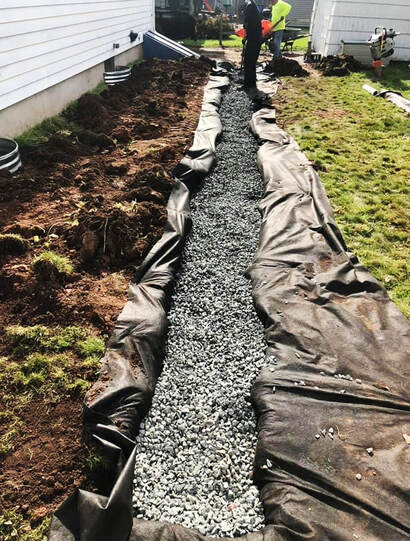 Introduction: Waterlogged yards and flooded basements can be a property owner's worst nightmare. Excessive water accumulation can damage your property and compromise its structural integrity. If you're facing drainage issues, fear not! In this blog, we'll explore common problems and practical solutions to keep your building dry and secure. Understanding Drainage Issues: 1. Clay Soils One prevalent problem is the presence of clay soils, notorious for poor drainage. Clay particles compact easily, preventing water from percolating through the soil. As a result, water tends to pool on the surface, creating soggy, unstable ground. Solution: Incorporate organic matter like compost to improve soil structure. Additionally, consider installing drainage systems to redirect water away from problem areas. 2. Surface Water Accumulation After heavy rainfall, excess water may gather on the surface, leading to erosion, landscaping damage, and potential flooding in low-lying areas. Solution: French drains offer an efficient solution. These trenches filled with gravel and perforated pipes redirect surface water away from your property, preventing waterlogging and erosion. 3. Downspout Discharge Traditional downspouts might discharge water too close to your home, contributing to water accumulation around the foundation. Solution: Flow wells, also known as dry wells, are subsurface structures that collect and disperse water underground. They provide a discrete and effective way to manage excess water from downspouts, preventing soil erosion and foundation issues. 4. Negative Grades, or uneven surface grades Flat or improperly graded landscapes can exacerbate drainage problems by allowing water to stagnate either in puddles in the yard, or worse up against the foundation of your property. Solution: Adjust the slope of your yard to promote proper water runoff. This can often be achieved by adding soil strategically or re-grading the landscape to direct water away from structures. Conclusion: Drainage issues can jeopardize the integrity of your home or business and landscape, but there are effective solutions available. Whether it's combating clay soils, redirecting surface water, or installing specialized systems like flow wells and French drains, proactive measures can prevent costly damage. Consult with a landscaping professional to assess your specific situation and implement the most suitable drainage solutions for your property. Remember, a dry and secure home starts with proper water management. Tending to Your Garden's Winter Slumber: A Guide to Late Fall/Early Winter Plant Maintenance12/7/2023 Introduction:
As the autumn leaves fall and winter's chill looms on the horizon, it's time to shift our focus to the garden. Fall garden maintenance is a critical step in ensuring the health and vitality of your plants during the colder months and sets the stage for a vibrant spring. In this guide, we'll explore the do's and dont's of pruning perennials and shrubs and discuss the late fall and winter trimming that can benefit your garden. Perennials: To Trim or Not to Trim? 1. Cut Back: - Herbaceous Perennials: Trim back herbaceous perennials like hostas, daylilies, and peonies to ground level. This not only enhances the aesthetics of the garden but also promotes healthy regrowth in the spring. - Faded Flowerheads: Deadhead perennials that have finished blooming. This not only tidies up the garden but also prevents self-seeding. 2. Leave Untouched: - Evergreen Perennials: Avoid trimming back evergreen perennials in the fall. These plants maintain their foliage throughout the winter, providing structure and color during the cold months. - Late Bloomers: Perennials that bloom late into fall or winter, such as certain varieties of sedums and asters, should be left uncut until late winter or early spring. The dried flower heads can provide visual interest and food for wildlife. Shrubs: Pruning for Winter Resilience 1. Cut Back: - Summer-Blooming Shrubs: Prune back summer-blooming shrubs like butterfly bushes and some varieties of hydrangeas. Remove dead or weak branches and shape the plant to encourage a compact form. - Overgrown Shrubs: If your shrubs have become overgrown, fall is an excellent time for more extensive pruning. However, avoid severe pruning to prevent stressing the plant before winter. 2. Leave Untouched: - Spring-Blooming Shrubs: Avoid pruning spring-blooming shrubs such as lilacs and forsythias in the fall. These shrubs set their flower buds in the previous year, and pruning now may remove next spring's blossoms. - Cold-Sensitive Shrubs: Hold off on pruning cold-sensitive shrubs like azaleas and rhododendrons until late spring, right after their blooms go away. Pruning in the fall may expose tender new growth to winter damage or decrease the amount of blooms you have in the spring. Late Fall and Winter Trimming: 1. Shape Evergreens: - Boxwoods and Conifers: Late fall is an ideal time to shape evergreen shrubs like boxwoods and conifers. Light trimming can help maintain a neat appearance and prevent snow and ice buildup. 2. Remove Dead or Diseased Wood: - Year-Round Task: Throughout fall and winter, regularly inspect your plants for dead or diseased branches. Promptly remove any you find to prevent the spread of disease and encourage healthy growth. 3. Wait for Dormancy: - Deciduous Trees: For deciduous trees, late fall and winter, when they are dormant, are suitable times for structural pruning. This includes removing dead or crossing branches to improve the overall form of the tree. Conclusion: By tailoring your fall garden maintenance to the specific needs of perennials and shrubs, you ensure a garden that not only weathers the winter but also bursts into life with the arrival of spring. Follow these guidelines, and your garden will be a haven of beauty and resilience throughout the changing seasons. Happy gardening! Now is the time to get ready for ice and snow, and the sooner you prepare the less time, labor, and money it will cost. Here are some ways to protect your home as the temperatures plummet and snow begins to fall.
De-Icing There are many products on the market that can help melt ice, but not all of them are the right choice for you. Traditional rock salt can cause irreparable damages to natural stone walkways like bluestone, limestone, or brick pavers. There are “pet-friendly” options for ice melt as well, for those who have pets that go outside. If you have new floors in your home, then some times its best to go with a straight salt or Calcium Chloride pellets, as to avoid dragging sand into the home, which can cause scratches and scuffs. It doesn’t matter what form ice melt you use, as long as you use something. Even a small patch of ice can cause a terrible accident. Even if it hasn’t snowed in a few days, black ice can form with the combinations of sunny days and cold nights. That’s why it’s important to always have a stash of ice-melt in the garage or by your front and back doorways. Overhanging Branches Branches and limbs that are over your roof or drive way can wreak havoc once snow and ice piles up on it. This hazard is even greater if the limbs are dead or dying. They can not only fall on your house or car and do extreme damage, but they can also cause injury, death, and liability if they fall on someone on your property. This hazard can be easily avoided by trimming off those branches before the snow. In addition, most landscapers and tree companies tend to offer lower pricing in the winter. Shoveling Snow Shoveling snow is hard work, and can cause dehydration sickness and back pane. Don’t forget to drink enough water before and during snow removal. It’s also very easy to suffer a back injury, so bend the knees and let your legs do the work, not your lower back. Another tip from experts is to use a lighter shovel. Snow, especially when wet, is extremely heavy. Most hardware stores sell heavy snow shovels with metal blades or metal tips along the edge of the blade, but those aren’t more efficient and do add unnecessary weight. They also can cause scratches on newly paved asphalt or natural stone walkways. So stick with a lighter shovel that isn’t made of metal and do your back and driveway a favor. Snow Blower Safety Make sure your snow blower has enough oil and always carry extra shear pins with you so that if one breaks you can quickly replace it and get back to clearing snow. Using stronger shear pins that don’t break easily may sound good, but is a bad idea. Shear pins are designed to break if the augers get clogged so there isn’t added stress on the motor. Better to change a shear pin rather than a motor. Don’t make the mistake of trying to clear a blower when the power is on, either. According to the CDC, snow blower accidents send more than 6,000 people to emergency rooms each year. The vast majority of injuries to snow blower operators occur because the user tries to clear the collector or discharge chute while the machine is still running. Plan Ahead for Winter Storms Most landscaping companies do not respond to requests for service during a snow storm, and if they do it usually costs an arm and a leg. So if you want to protect your home, sign up now, while the weather is still manageable. You’ll get preferential pricing and will have your name on a reserved list to get prompt, professional attention as soon as a storm hits. You also won’t risk price gouging from unscrupulous snow removal outfits and will enjoy the peace of mind of knowing you are taken care of no matter how much snow falls or when the storm happens. |
Archives
April 2024
Categories |
©2024 M&G Landscaping. All rights reserved. | P.O. Box 310453 - Newington, CT 06131 | (860) 516-0866
© 2021 M&G Landscaping. All rights reserved.
P.O. Box 310453 - Newington, CT 06131
(860) 516-0866
P.O. Box 310453 - Newington, CT 06131
(860) 516-0866
Website designed and maintained by Vish Graphics


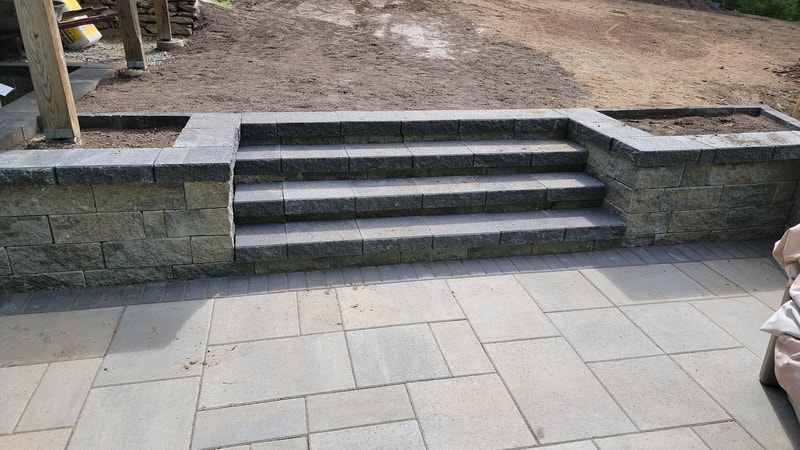
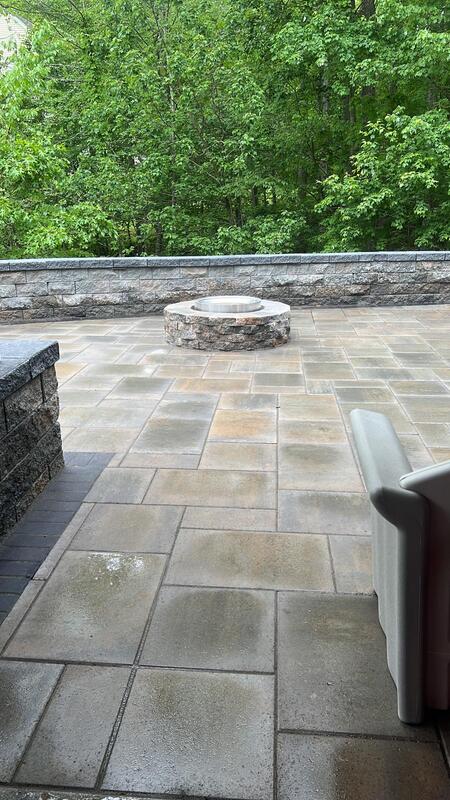
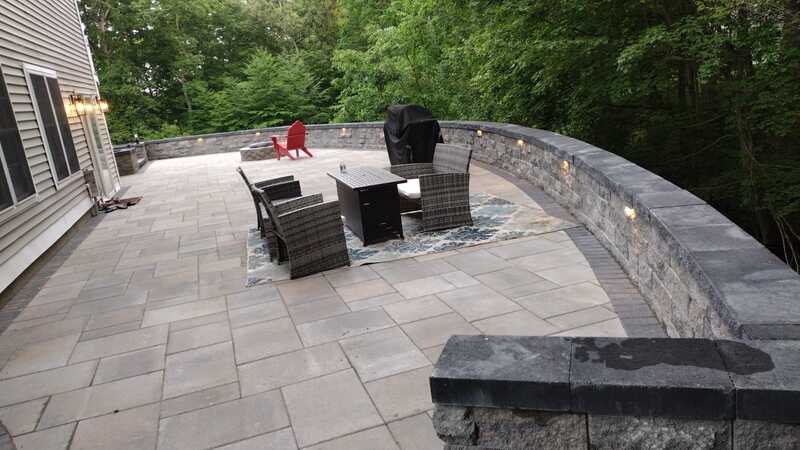
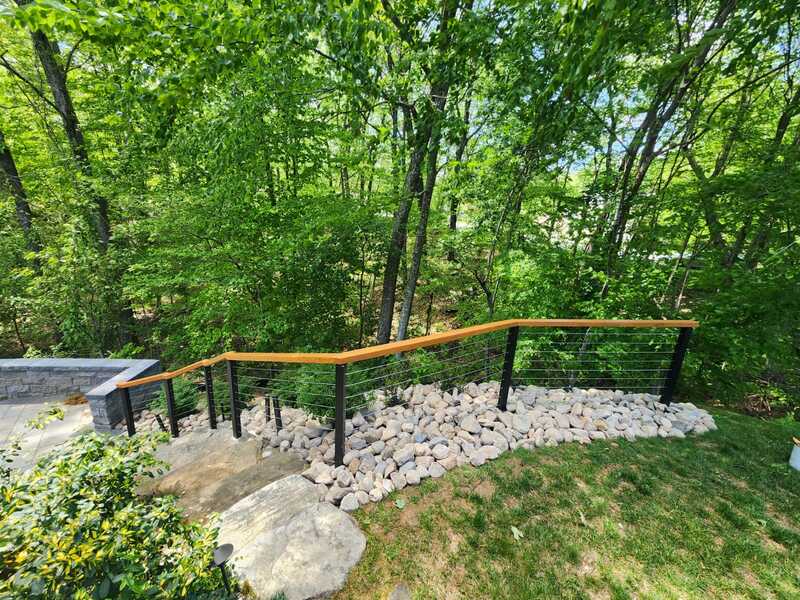
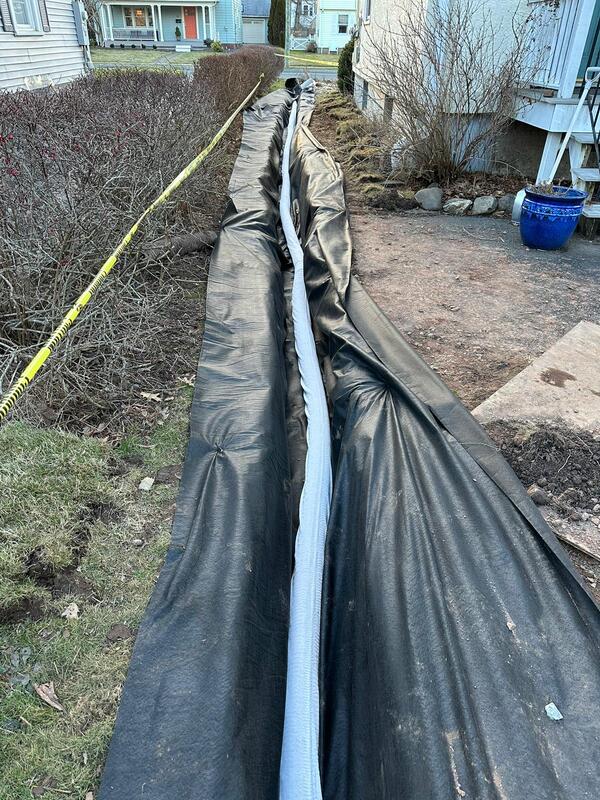
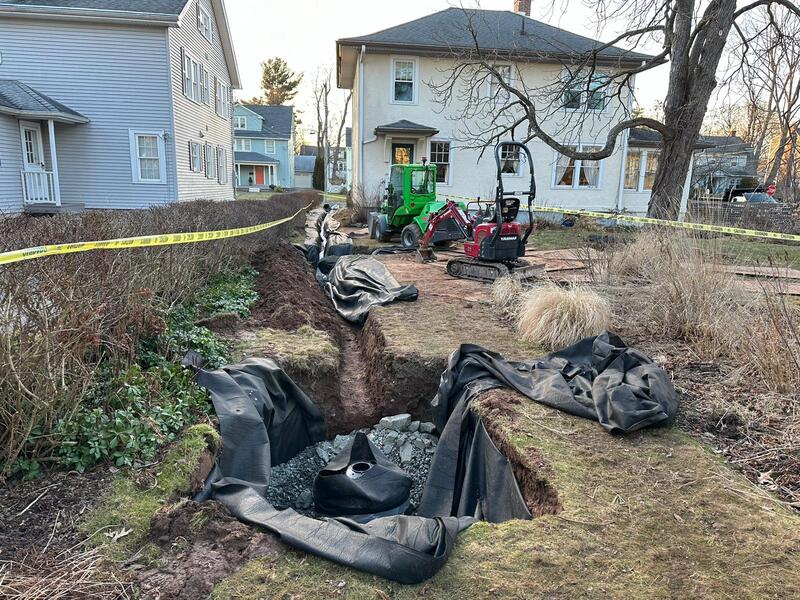
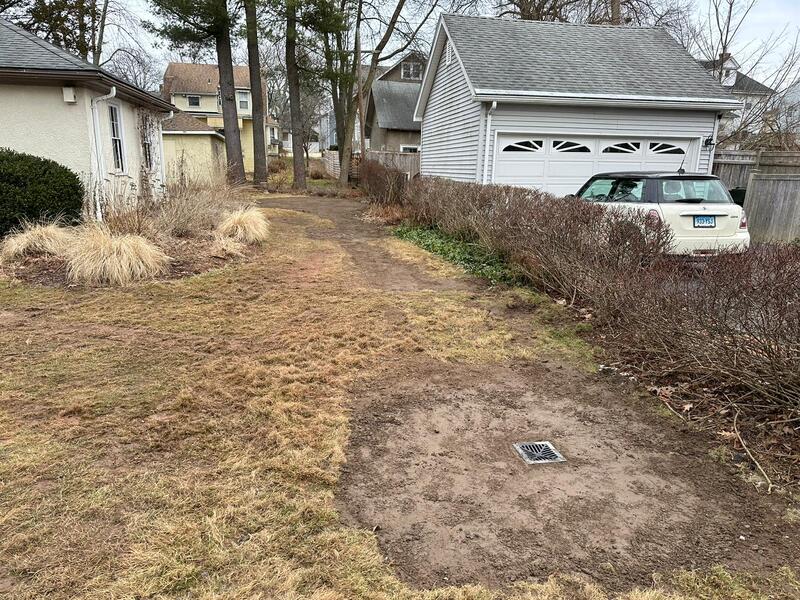
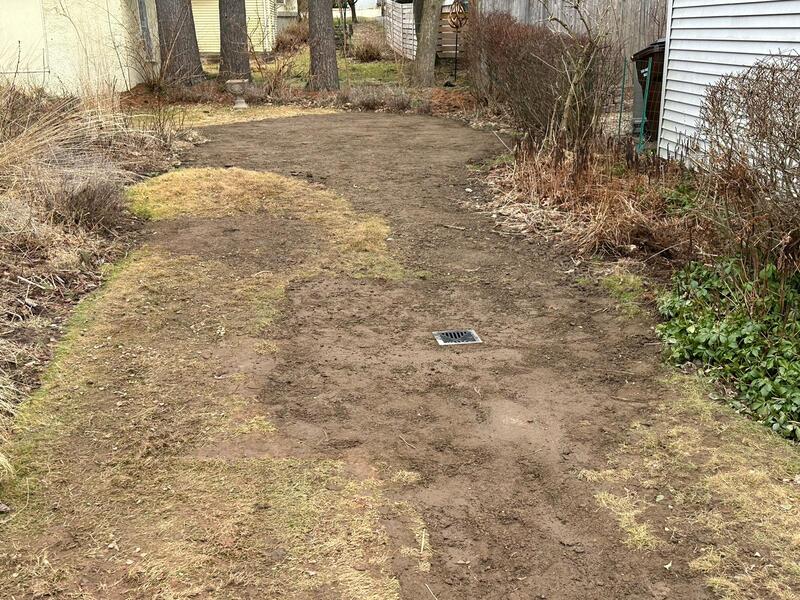
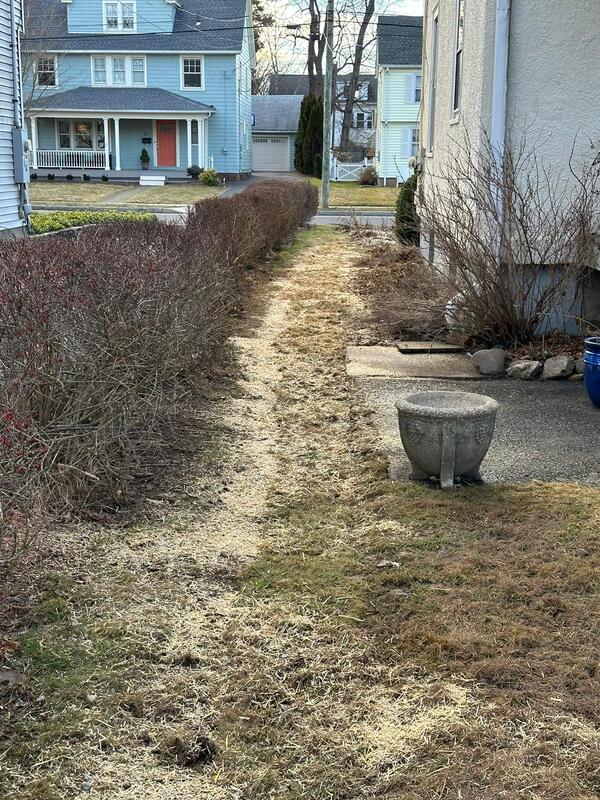
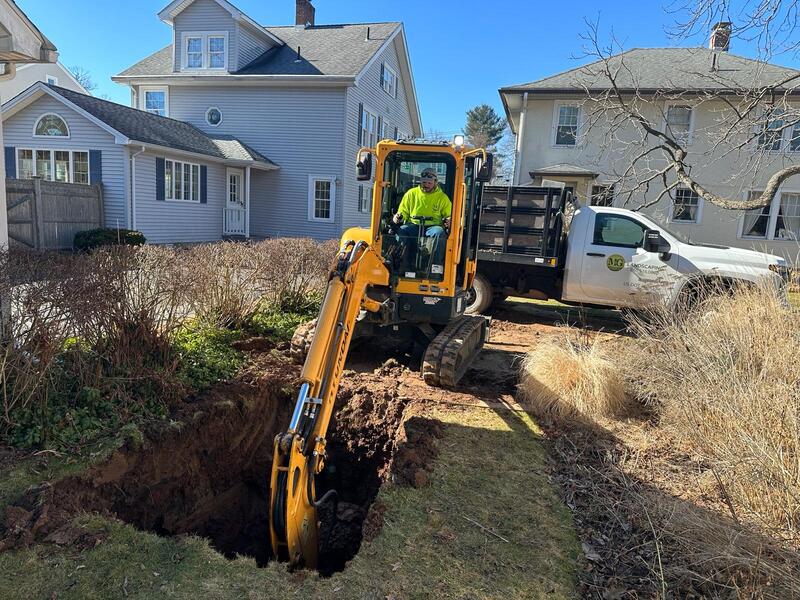
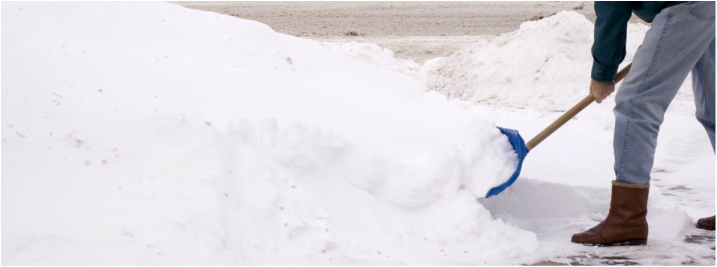
 RSS Feed
RSS Feed
